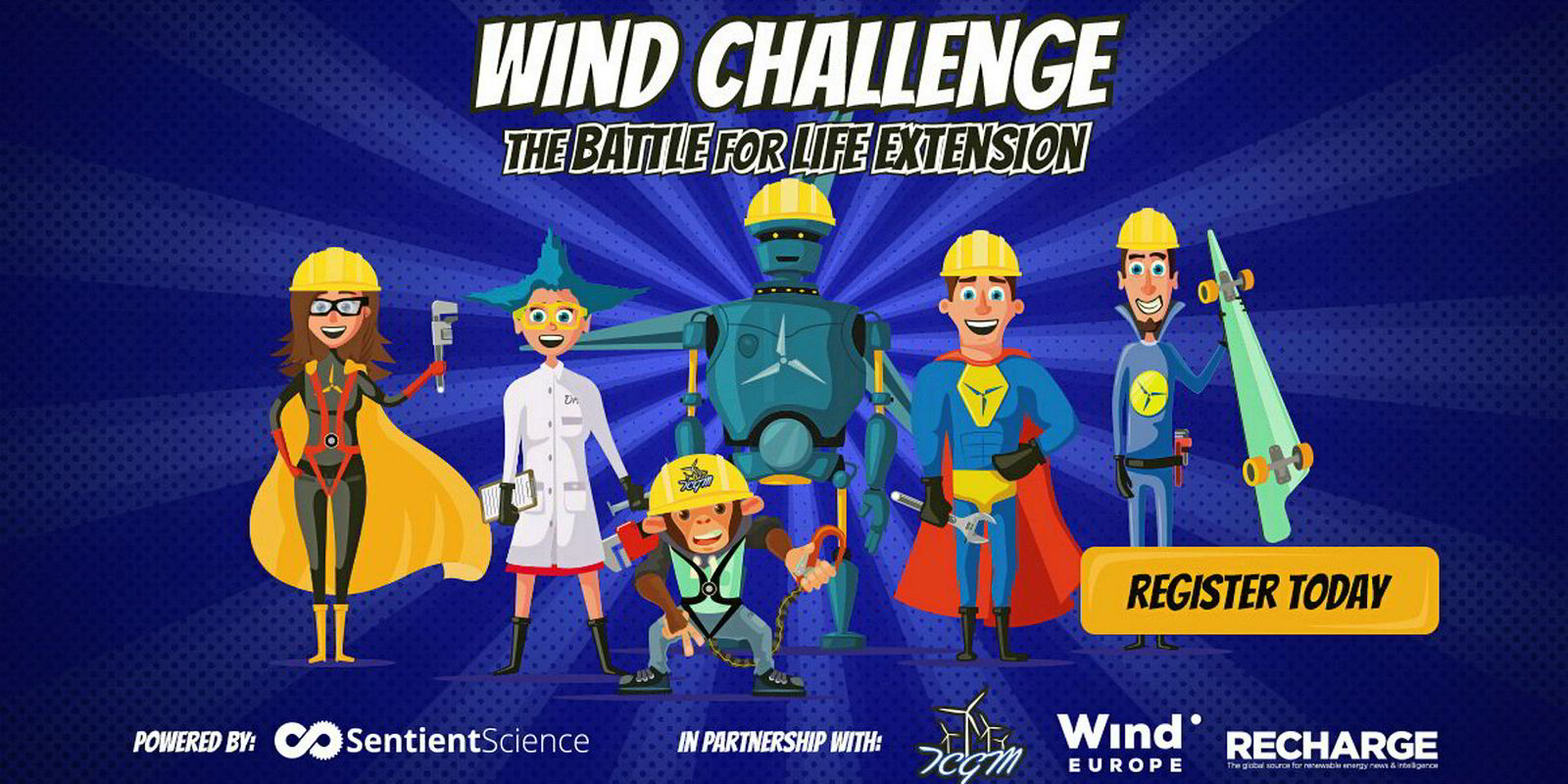Wind turbines are expected to run 20-plus years in the field, but the industry knows that components within the systems often fall short of their design life expectancy – in some cases, it’s been calculated that there has been a 68% difference in field-life between design test and the actual operational life for fleets of wind turbines.
Differences in the expected reliability and durability of wind turbines, as predicted during the physical test phase, often occur because it can be very difficult and economically prohibitive to build and operate test rigs that match actual field loading conditions. In fact, ground-based dynamic test rigs require stiff supporting structures that cannot closely replicate the transient loading conditions observed in the field. And the actual events that occur in operation can be vastly different from what’s been assumed in the design and test effort.
Taken together, the combined effect – including the inability to fully test and predict the field operating environments – makes computational testing highly desirable.
Computational testing of drivetrain components and systems, with a heavy emphasis on gears and bearings, can offer thousands of test points at a fraction of the cost of a physical test. The advanced analytical and computational approach allows the creation of high-fidelity digital models of each of the systems parts, components and assemblies. These digital models are constructed with very high levels of accuracy and incorporate the full characteristics of the component’s microstructure, geometry, surface finish and residual stress profiles.
When incorporated into the initial design process the added effort to create the digital models is minimal. In lubricated components such as gears and bearing, for instance, the actual conditions within the contact zone can be modeled and the failure modes accurately predicted to move from corrective and planned preventative maintenance strategies to predictive or prognostic health maintenance actions that enable life extension in the fielded assets.
Computational testing evaluates a statistically significant number of design and test variations to capture loading events that could shorten the life expectancy of the part or system. The result is a more refined picture of the true system performance reliability and durability that can be expected in a wind turbine in the field.
Coupled with traditional hardware tests, computational testing can get an OEM much closer to an optimal design that is tested against many more operating conditions and much more likely to have lower service cost after deployment.
Although there are many kinds of computational tests, such as traditional finite element analysis, the newest methods based on materials science, crack initiation and propagation, and definition of fault modes within the material quality chosen for subcomponents is now available and being used in many industrial applications in the aerospace and rail sectors, among others. Its potential to take wind energy to the next level of industrialisation as a mainstream power source is clear.
Jorge Martinez Seara is vice president for renewables, Europe, at US material science company Sentient Science, which today (10 September) is launching an online wind farm operations game called The Wind Challenge, as part of its role as Digitalisation Partner at the Global Wind Summit in Hamburg (25-28 September)


